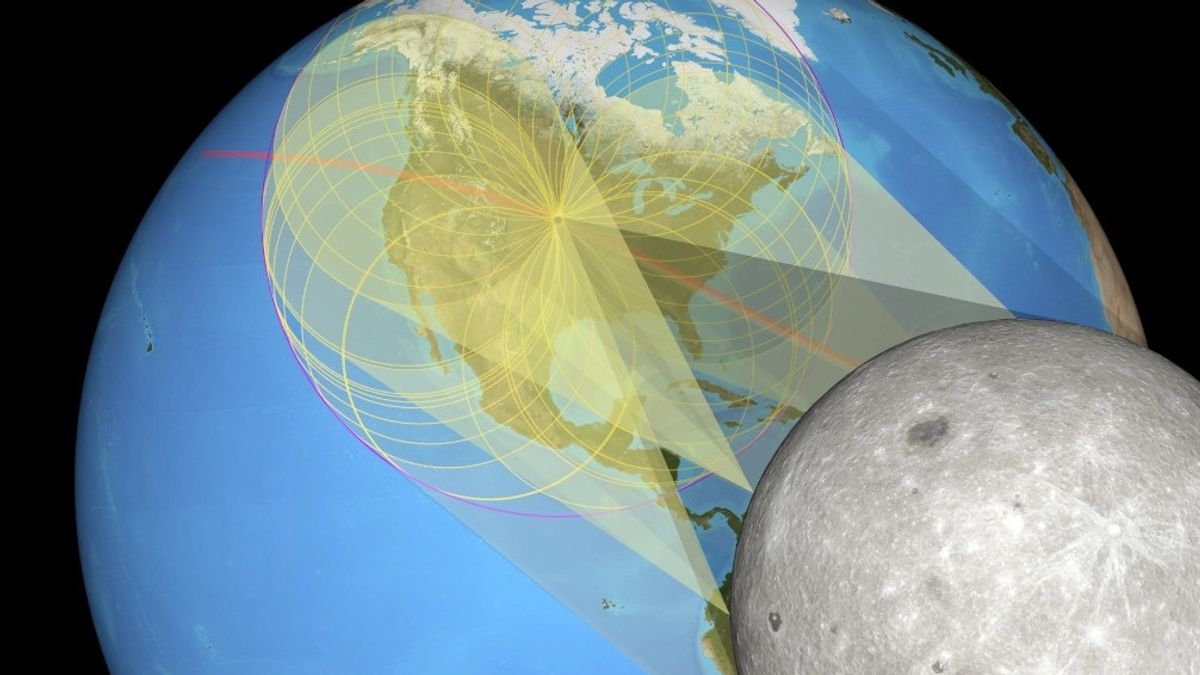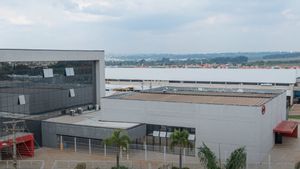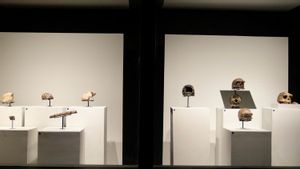جاكرتا - بفضل دعم البيانات من تكنولوجيا مراقبة القمر ، تمكنت ناسا من إنشاء خريطة كمين دقيقة للغاية. يزعم أن نتائج حساب البيانات هذه أكثر دقة من طرق الحساب التقليدية.
قبل وجود هذه التكنولوجيا ، قام علماء الفلك بحساب فترات الاصطفاف باستخدام جدول الارتفاع والتقاطع على حافة القمر. على الرغم من أن النتائج دقيقة للغاية ، يمكن لعلماء الفلك الحصول على نتائج أفضل باستخدام مدار التعرف القمري (LRO).
تم تصميم التكنولوجيا ، التي تعمل منذ 15 عاما ، لإنشاء خريطة 3D للقمر. ووفقا لبيانات ناسا، فإن بيانات تضاريس القمر المدمجة في مراقبة LRO يمكنها إنشاء خريطة تضخم بدقة أعلى.
وقال إرني رايت، صانع التصور في ناسا، إن الانهيارات الشمسية الإجمالية في عام 2017 كانت أول خريطة انهيارات مصنوعة بشكل جيد للغاية. والسبب هو أن هذه الخريطة تظهر الشكل الحقيقي لظلال وسط القمر.
يشار إلى هذا الظل المركزي باسم Umbra من قبل Wright. Umbra هو ثقب صغير في منتصف صورة للشمس المتوقعة ، وهو مكان يصعب الوصول إليه بواسطة أي صورة للشمس. ومع ذلك ، بفضل LRO ، تم تقسيم هذا الشكل بنجاح بشكل صحيح.
تظهر المرئيات التي تنتجها LRO شيئا لم يسبق له مثيل ، وهو الشكل الفعلي لظلال القمر وغالبا ما يتغير بمرور الوقت. كما يتميز التصور بتأثير دقيق على حافة القمر وتضاريس الأرض.
وقال رايت: "لقد نشرنا خرائط وأفلاما مشقوقة تظهر الشكل الحقيقي لظلال وسط القمر". "سأل الناس ، لماذا يشبه الشكل البطاطس ، وليس البيضاوي السلس؟ الجواب القصير هو أن القمر ليس كرة سلسة تماما".
The English, Chinese, Japanese, Arabic, and French versions are automatically generated by the AI. So there may still be inaccuracies in translating, please always see Indonesian as our main language. (system supported by DigitalSiber.id)













